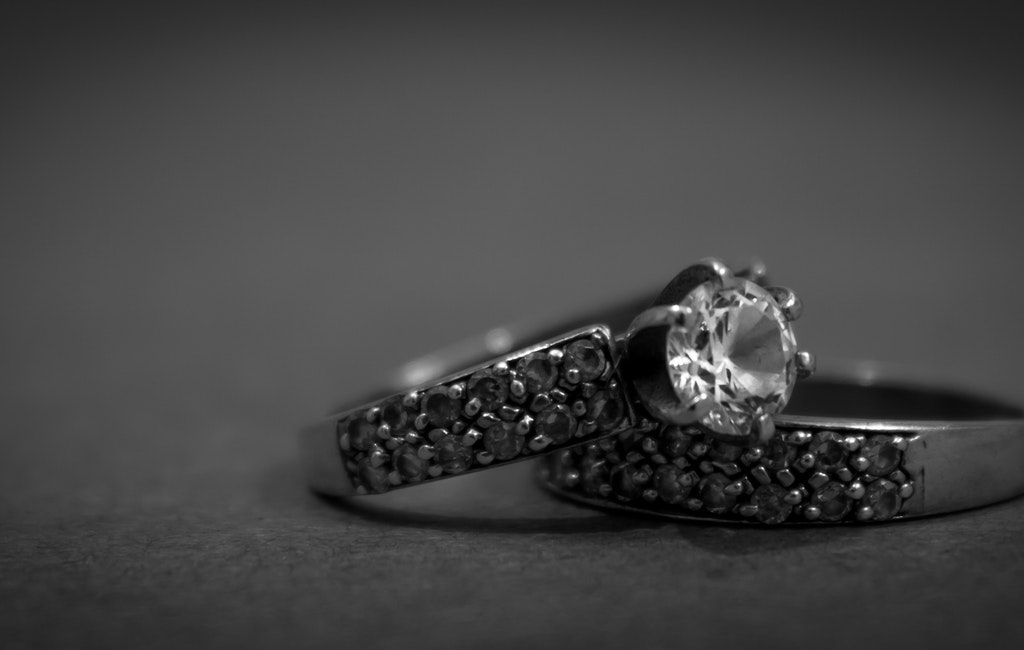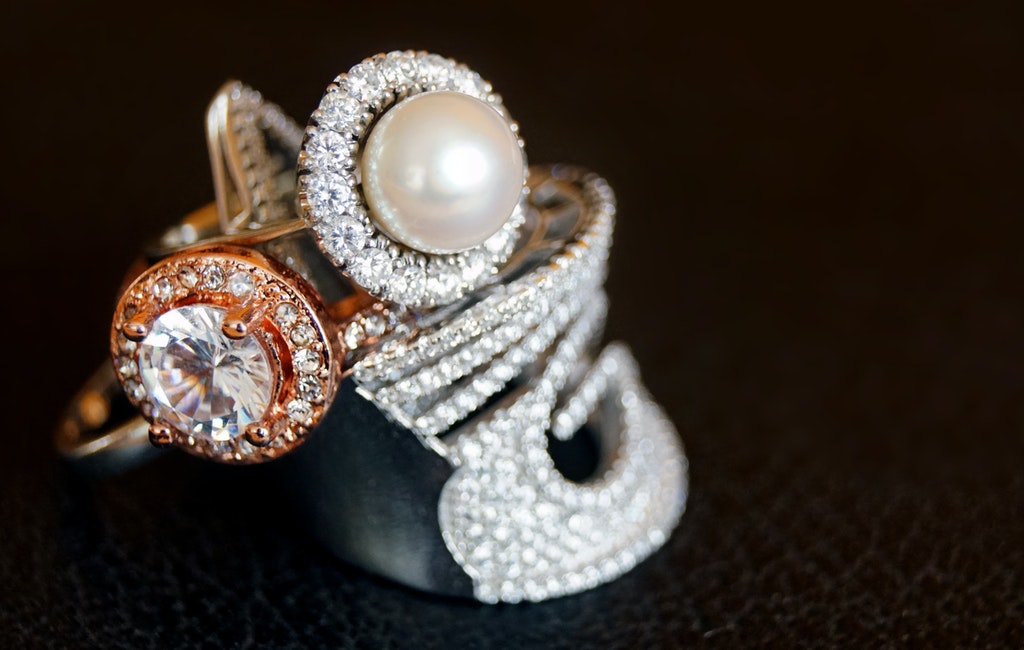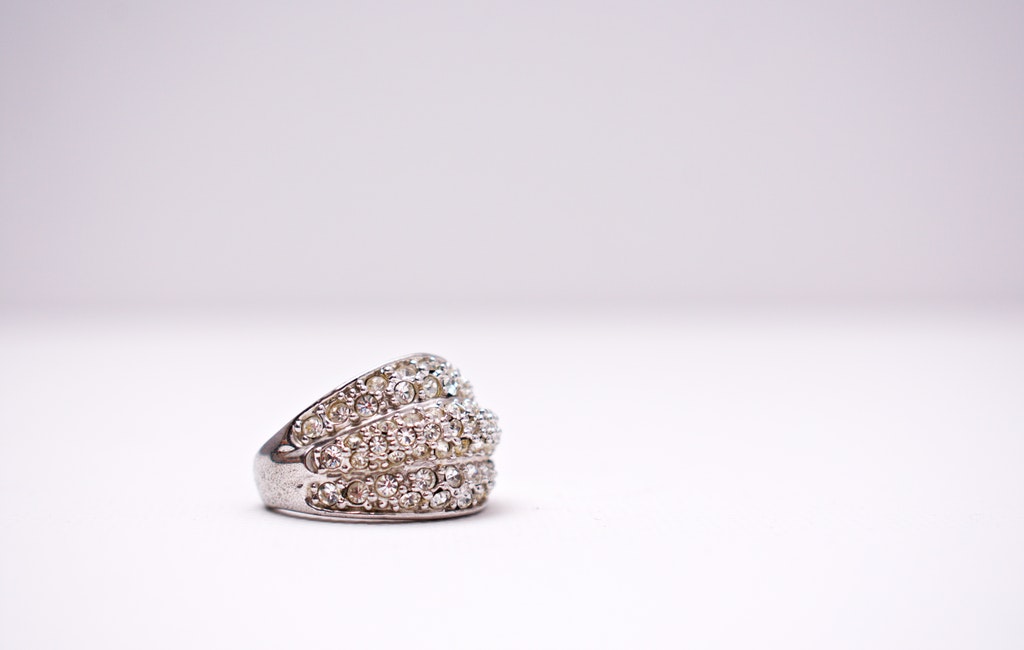Diamonds are the hardest natural substance on earth. They are used as gemstones as well as ornamental items like jewelry. The value of a diamond is predicated upon certain features like its mass (which is measured in carats), cut (which is the symmetry, proportioning and polish of its design), clarity and color (which is its internal aspect). The color of a diamond is influenced and determined by its chemical and structural flaw.
There are different types of diamonds varying in size but the largest diamond ever found is known as the Cullinan Diamond.

WHAT IS THE CULLINAN DIAMOND?
The Cullinan diamond was discovered in the year 1905 in Transvaal South Africa (it was then a British colony but now a province of South Africa). It was discovered by Superintendent Fredrick G. S. Wells, during a mine inspection in the Premier Mine in Pretoria, South Africa.
It was stated that Frederick Wells discovered this great gem as he walked through the mine at the end of the day for a routine inspection. Eighteen feet below the surface of the earth, Wells noticed a shiny object on the steep wall of the mine a few feet above him. Due to its size, he initially thought that it was a massive piece of glass but tests proved differently. He then presented it to Sir Thomas Cullinan, the chairman and owner of the mine; who rewarded Wells with about ten thousand dollars for his discovery. The diamond was christened after Sir Thomas Cullinan.
The Cullinan diamond which is the largest gem-quality ever discovered weighed about 3,106.75 carats and about 1.37 in pounds with its value at over 21 million dollars in today’s money. The massive uncut diamond measured almost 3.9 inches (10.1 centimeters) in length and 2.5 inches (6.35 centimeters) in width.
The Standard Bank of Johannesburg was the first place the stone was placed in for exhibition to the public. In April 1905 it was placed on sale in London but they were not able to sell it for over two years. Sometime later, in the year 1907, the Cullinan stone – which was still in its raw and rough form – was sent by the Premier Mine company owners to London with the hope of finding a buyer. A decoy which everyone thought was the real stone was placed in an armored ship, while the real one was posted via registered mail.

THE HISTORY OF THE CULLINAN DIAMOND
The Cullinan Diamond arrived in London safely but no purchaser expressed or manifested any form of interest. So, the Prime Minister of Transvaal General Louis Botha and the Transvaal Government decided to purchase the Cullinan stone and pay the price of over eighteen million Euro or twenty-one million U.S dollars in today’s money.
Following this, the Transvaal Government agreed to bestow the diamond to King Edward VII of England as a gift for his 66th birthday. The magnificent present was intended to aid reinstate relations between Britain and South Africa following the 1899-1902 Second Boer War between the two countries. The Cullinan stone was then taken to Sandringham House in Norfolk by police escort to be presented to the king of the United Kingdom on his birthday.
The King handed it over to the care of Scotland Yard, until a decision had been reached on what was to be done with the massive colorless stone. In the early part of 1908, the decision to cut the rough – as well as opaque – diamond into gemstones was made. A group of experts paid the British Crown Jewels in the Tower of London a visit so as to know what the already derived gemstones will be used for (or where they will be placed).
The precious stone was dispatched to a Dutch company to be worked on by the diamond experts Joseph Asscher & Co., a company in Amsterdam, who had a reputation for cutting large stones, after having handled the Excelsior diamond. However, Joseph Asscher had never handled a stone as huge as the Cullinan stone. Due to the pressure of the job, he and his staff had to study the diamond for a while.
THE EVOLUTION OF THE CULLINAN DIAMOND
On February 10th 1908, the process of cutting and polishing dazzling gems from the huge chunk of rough stone commenced. It took the squad of three specialists eight months to conclude it. The groove for the prime cut took four days to make ready and when Asscher tried to cut it, by placing the stone on the steel cleaver’s blade into an incision half-an-inch deep and tapped it one time with a heavy steel rod, the blade broke but the diamond remained intact! Asscher attempted a second time and this time it was successful; the stone split into two with ease.
Cullinan produced stones of several cuts and sizes. Eventually, three principal sections were derived and these sections yielded nine major gems and ninty six smaller brilliants making up a total of hundred and five stones. All the gems gotten from the Cullinan stone are flawless; without cracks, cloudy areas or imperfections. The nine principal stones are named Cullinan in addition with a Roman numeral from I to IX. The nine largest stones (Cullinan I to IX) are either in the British Crown Jewels or in the personal possession of the Royal Family.
Cullinan I and II were presented to King Edward VII, on November 21th 1908, almost a year after he had seen the uncut stone. The pear-shaped Cullinan I,also known as the Star of Africa, weighs 530.20 carats. Cullinan I was placed by King Edward VII in the Sovereign’s Royal Scepter which symbolizes worldly regal power and good governance, as part of the Crown Jewels. It is presently on exhibition in the tower of London. The oval-shaped Cullinan II weighs about 317.40 carat. It is mounted in the band of the imperial state crown also in the Tower of London. It is also part of the Crown Jewels.

